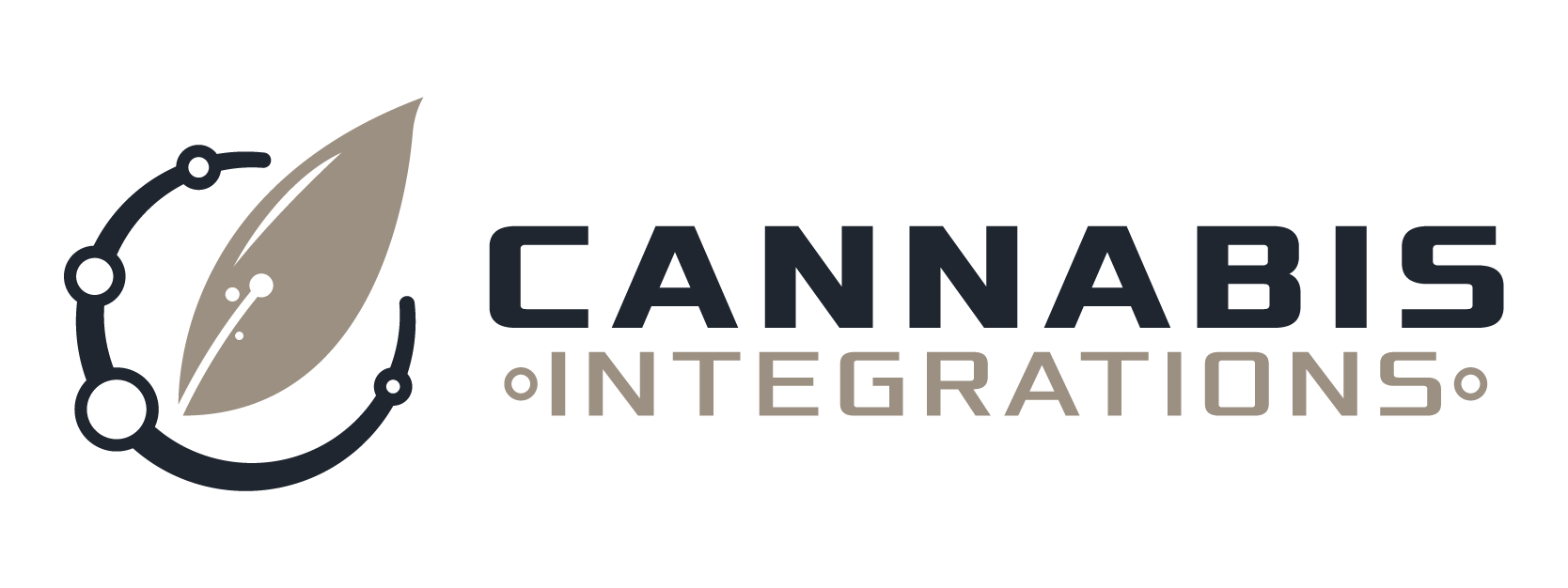In an industry growing as fast and regulated as cannabis, the ability to make informed, data-driven decisions is more than just a competitive edge—it’s a necessity. From seed-to-sale compliance to customer insights, businesses are generating massive amounts of data every day. But with that growth comes fragmentation. Point-of-sale systems, e-commerce platforms, inventory trackers, loyalty programs, and regulatory compliance tools all operate in their own silos. The challenge—and the opportunity—lies in integrating this data effectively through data lakes and warehousing solutions.
What Are Data Lakes and Warehouses?
In simple terms, data lakes store raw, unstructured data from various sources in one central repository. Think of it as a digital dumping ground that captures everything—from sales transactions and customer demographics to lab results and cultivation logs. Data warehouses, on the other hand, store structured, filtered, and processed data optimized for analytics and reporting. When combined, these two systems allow cannabis operators to first collect everything, then analyze what matters.
This setup is particularly powerful in cannabis, where operators need to juggle inventory, stay compliant with state tracking systems like Metrc or BioTrack, understand purchasing behavior, and predict demand—all at once.
Why Integration Matters
Integrating all your platforms into a centralized data lake or warehouse streamlines operations in several critical ways:
- Real-time Inventory Visibility: Pulling data from cultivation systems, POS, and compliance trackers allows operators to maintain precise control over stock levels. This reduces shrinkage, overstocking, and compliance risks.
- Smarter Marketing Decisions: When loyalty platforms and online ordering data are connected, marketing teams can tailor campaigns based on real purchase behavior—not guesswork.
- Compliance Confidence: Automatic syncing with regulatory systems means fewer manual errors and more accurate reporting, reducing the risk of fines or shutdowns.
- Operational Efficiency: Instead of logging into five platforms to get a full picture of your business, you get a centralized dashboard with everything from sales trends to cultivation yields.
Use Cases in the Cannabis Space
Let’s say a dispensary chain wants to identify which strains are underperforming by location. With integrated data, they can compare POS sales, local customer reviews, and even lab batch results across markets—all in one dashboard. Or consider a grow operation that wants to reduce costs. Pulling cultivation data alongside environmental sensor readings and batch waste reports can surface inefficiencies in nutrient usage or lighting schedules.
Another example is finance. When accounting systems are tied into sales and inventory data, companies gain better forecasting tools and can streamline reporting for investors or auditors—critical for businesses seeking funding or preparing for acquisition.
Future-Proofing Through Data
As the cannabis industry matures, so will the need for predictive analytics, machine learning, and AI-driven insights. These technologies require unified, clean data to function effectively. Businesses that invest now in building out scalable data lakes and warehouses will be best positioned to harness those tools when the time comes.
Final Takeaway: Integration is the Advantage
In cannabis, every decision matters—from what’s growing in the back to what’s moving out front. By centralizing data through lakes and warehouses and integrating key platforms, cannabis operators can move from reactive to proactive decision-making. The result? Increased compliance, better customer experiences, leaner operations, and a roadmap for long-term success.
Related Article: The Importance of API Integration in Cannabis Operations
